Pause to consider the functions required of various birds’ feet: perching, clinging, walking, swimming, preening, carrying objects, egg rolling, mating displays, and even heat loss regulation.
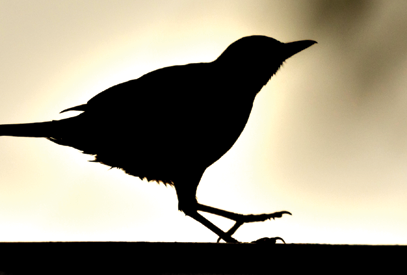
Please call your local store to place a curbside pickup order. All online orders will be shipped.

Pause to consider the functions required of various birds’ feet: perching, clinging, walking, swimming, preening, carrying objects, egg rolling, mating displays, and even heat loss regulation.
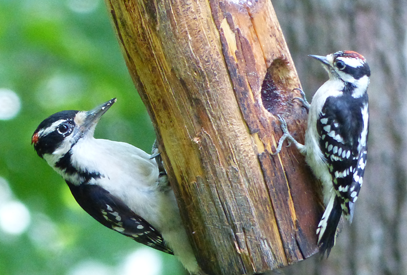
Here’s a quick video to help you feel confident in identifying these similar-looking birds.
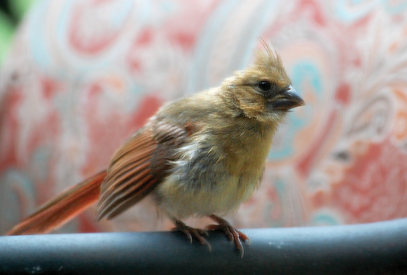
Nesting season is well under way for our backyard birds. Although “one and done” is not true for some of our backyard birds when it comes to nesting. Just as soon as they have one brood off, they start another brood. American Robins can do 2–3 broods a season; Eastern Bluebirds have 2–3 broods; House Wrens do 2 broods…
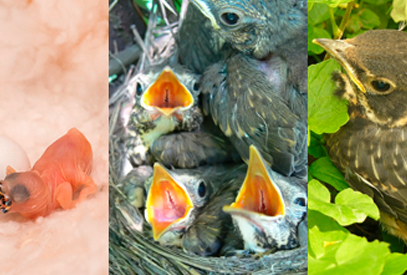
GLOSSARY OF BIRDS’ LIFE STAGES Throughout our website and newsletters, you’ll likely see us refer to birds’ life stages by name. We thought it’d be a good idea to give a short review in case any of the terms are unfamiliar. HATCHLING. A bird just out of the egg. Generally a bird is called a hatchling while it relies…
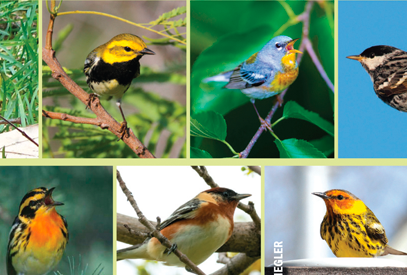
Up to 20 different species of warblers pass through the Twin Cities area between mid-April and the end of May, with the bulk passing through between the 5th and 15th of May. If you’d like to catch a sighting or two of these colorful migrants—in your backyard or around town—Minnesota birding expert Bob Janssen has helped us to prepare…
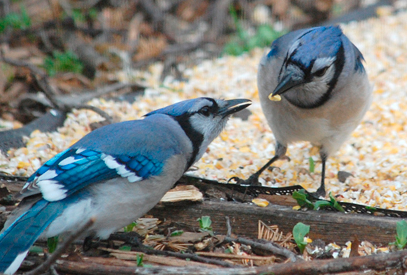
Bird species in which the male and female look the same are called monomorphic. Several of our favorite backyard bird species are monomorphic, such as Black-capped Chickadees, Blue Jays, House Wrens and Mourning Doves. Other monomorphic species in Minnesota include American Crows and Bald Eagles. Here are some clues to help you figure out who’s who of the look-alike…
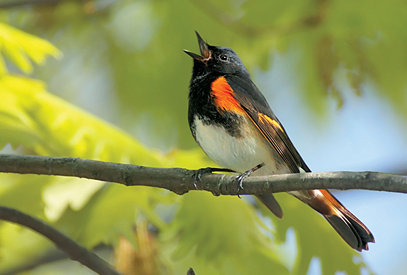
Minnesota hosts several birds that sport orange and black coloration. Let’s take a closer look! Baltimore Oriole This eye-catching songbird (8-1/2 in / 22 cm) is a summer visitor throughout most of Minnesota, coming to feeding stations to dine on orange slices, grape jelly, nectar and mealworms. The male Baltimore Oriole has a black head and back with orange…
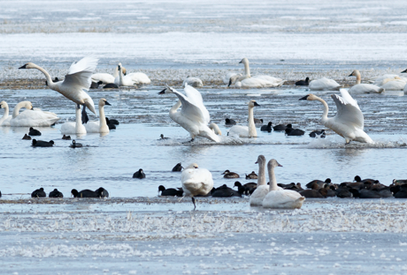
March is a month of transition from winter to areas of open water therefore signaling the return of water fowl. The first week of March often brings the return of the Canada Geese. Pairs claim nesting territory honking noisily. A pair of geese can be seen standing on the ice of the marshes and wetlands as if willing the…
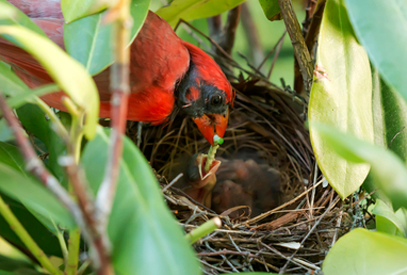
Note: this is the full article by Guest Contributor MELISSA BLOCK. An excerpt is featured in the March/April 2019 edition of our Bird’s-Eye View Newsletter NEST DESCRIPTION : Cardinals Males sometimes bring nest material to the female, who does most of the building. She crushes twigs with her beak until they’re pliable, then turns in the nest to bend the twigs…
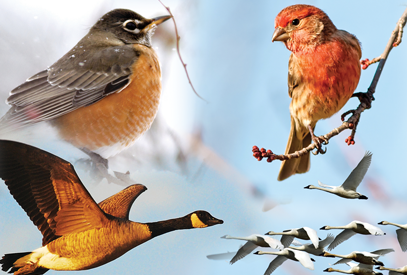
Note: this is the full article by Guest Contributor MARK NEWSTROM. An excerpt of this article is featured in the March/April 2019 Bird’s-Eye View Newsletter Since the beginning of this author’s life in the mid-1950s, the variety of birds seen in and around the Twin Cities area has surprisingly changed. Herein are five examples of bird species that were not…
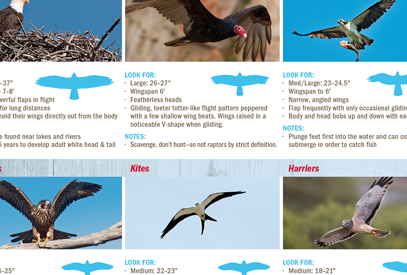
A raptor, also known as a bird of prey, is a carnivorous, meat-eating bird. All raptors share at least three characteristics: keen eyesight, eight sharp talons and a hooked beak. The word “raptor” comes from a Latin term rapere meaning “to seize or grab.” Minnesota raptors include eagles, falcons, hawks, kites, osprey, owls and vultures. Most Minnesota raptors have…
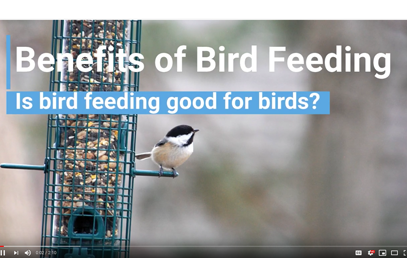
We love feeding birds because we get to see them up close and appreciate their beauty and personalities. But is bird feeding beneficial to birds? Find out in this short video!

Welcome Pine Siskins and Common Redpolls This is the time of year when you may begin to see some less-common visitors to your backyard feeding stations. Every few years, we experience an “irruption”—an influx of typically northern-dwelling birds—into our Twin Cities Metro Area and beyond in Minnesota. The irruption is often due to poor crops of conifer seeds (pine and…
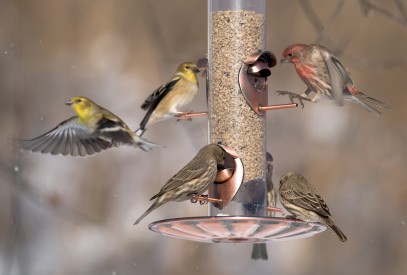
IDENTIFYING SIMILAR “LITTLE BROWN BIRDS” AT YOUR FEEDERS THIS WINTER From our Bird’s-Eye View Newsletter archives: Volume 19, Issue 1 By Guest Contributor MELISSA BLOCK Part of the joy in backyard birding is identifying and keeping track of the birds that come to your yard over the years. Equipped with a field guide, it’s relatively easy to identify birds…